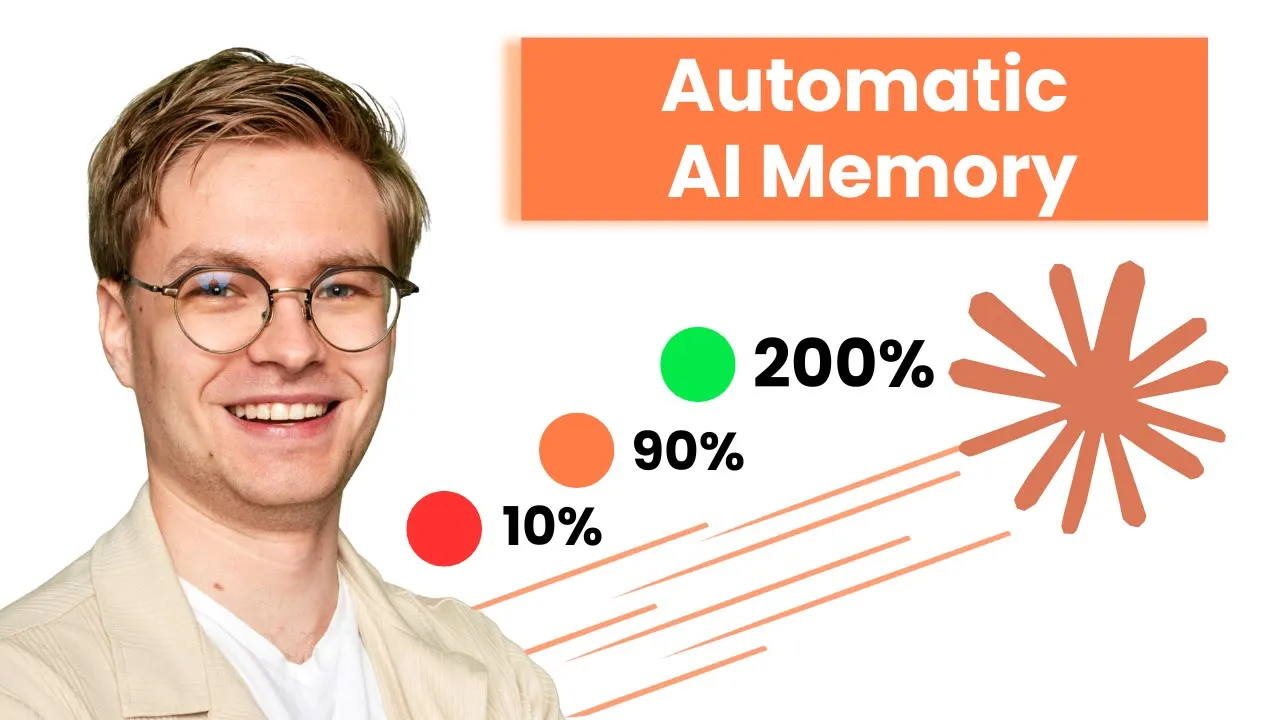AI Agent Documentation Maintenance Strategy
Your AI coding assistant was incredibly helpful when you first set it up. It understood your project structure, knew where files belonged, and provided relevant suggestions. But months later, something changed. The same AI that once navigated your codebase confidently now gives outdated advice and references folders that no longer exist.
This degradation isn’t a flaw in the AI technology itself. Instead, it highlights a fundamental challenge in modern software development: the gap between static documentation and dynamic codebases.
The Documentation Drift Problem
Every development team faces documentation drift. You rename a folder, restructure your project, or adopt new build processes. These changes happen naturally as codebases mature, but they create a disconnect between what your AI assistant thinks it knows and what actually exists.
Consider this scenario: your AI assistant’s context file states that blog posts are stored in src/content/blog, but you recently reorganized the structure to src/content/ai-engineer-blog. When developers ask the AI for guidance, it confidently points them to the wrong location. This confusion wastes time and undermines trust in the AI tool.
The problem compounds as teams grow and codebases become more complex. What starts as a simple folder rename evolves into outdated dependency information, incorrect build commands, and misaligned architectural assumptions. Your AI assistant becomes increasingly unreliable without anyone realizing why.
Why Manual Updates Fall Short
Most teams attempt to solve this through manual documentation updates. Someone notices the AI giving wrong information, opens the context file, and makes corrections. This reactive approach has several limitations.
Manual updates require someone to notice the problem first. Often, team members work around incorrect AI suggestions without reporting the underlying documentation issues. By the time someone identifies the root cause, multiple developers have already experienced reduced productivity.
Additionally, manual maintenance creates responsibility gaps. Who owns the documentation updates? When should they happen? Without clear processes, context files become stale again within weeks of being updated.
The cognitive overhead also matters. Developers focused on feature development shouldn’t need to remember to update AI context files every time they refactor code or adjust project structure.
Strategic Approaches to Context Accuracy
Effective AI documentation maintenance requires systematic thinking rather than ad-hoc solutions. The most successful teams treat AI context as living documentation that evolves alongside their codebase.
One approach involves establishing clear ownership and regular review cycles. Designating specific team members to audit AI documentation weekly or monthly creates accountability. However, this still relies on human oversight and doesn’t scale well with rapid development cycles.
More sophisticated teams implement automated detection systems that flag potential documentation drift. These systems compare current codebase structure against existing AI context files, highlighting discrepancies for human review. While more effective than purely manual processes, they still require human intervention to resolve conflicts.
The most advanced approach involves fully automated documentation updates. Rather than detecting problems for human resolution, these systems automatically investigate codebases and update AI context files based on current project state.
Benefits Beyond Individual Productivity
Maintaining accurate AI documentation provides benefits that extend beyond individual developer productivity. Teams with current AI context experience more consistent coding practices, as all developers receive the same accurate guidance about project structure and conventions.
Code review processes also improve when AI assistants understand current architectural patterns. Reviewers spend less time correcting fundamental misunderstandings and more time focusing on logic and design decisions.
New team member onboarding accelerates significantly. Instead of learning outdated patterns from AI suggestions, new developers immediately receive current guidance that aligns with team practices. This reduces the learning curve and prevents the formation of incorrect mental models.
Implementation Considerations for Teams
Successfully implementing automated AI documentation maintenance requires careful planning around team workflows. The automation should integrate seamlessly with existing development processes rather than creating additional overhead.
Consider timing carefully. Documentation updates should happen frequently enough to stay current but not so often that they create noise. Weekly automated reviews work well for most teams, with manual triggers available for major restructuring projects.
Review processes matter significantly. Even automated documentation updates benefit from human oversight before merging. This creates opportunities to catch edge cases and ensures that contextual nuances aren’t lost in automated translations.
Team communication becomes crucial during implementation. Developers need to understand how the system works and when to expect documentation updates. Clear communication prevents confusion when AI behavior changes after automated updates.
The investment in automated documentation maintenance pays dividends over months and years. Teams that solve this problem early avoid the productivity drain of increasingly outdated AI assistance. More importantly, they create sustainable development environments where AI tools remain valuable assets rather than becoming maintenance burdens.
To see exactly how to implement these concepts in practice, watch the full video tutorial on YouTube. I walk through each step in detail and show you the technical aspects not covered in this post. If you’re interested in learning more about AI engineering, join the AI Engineering community where we share insights, resources, and support for your learning journey.

